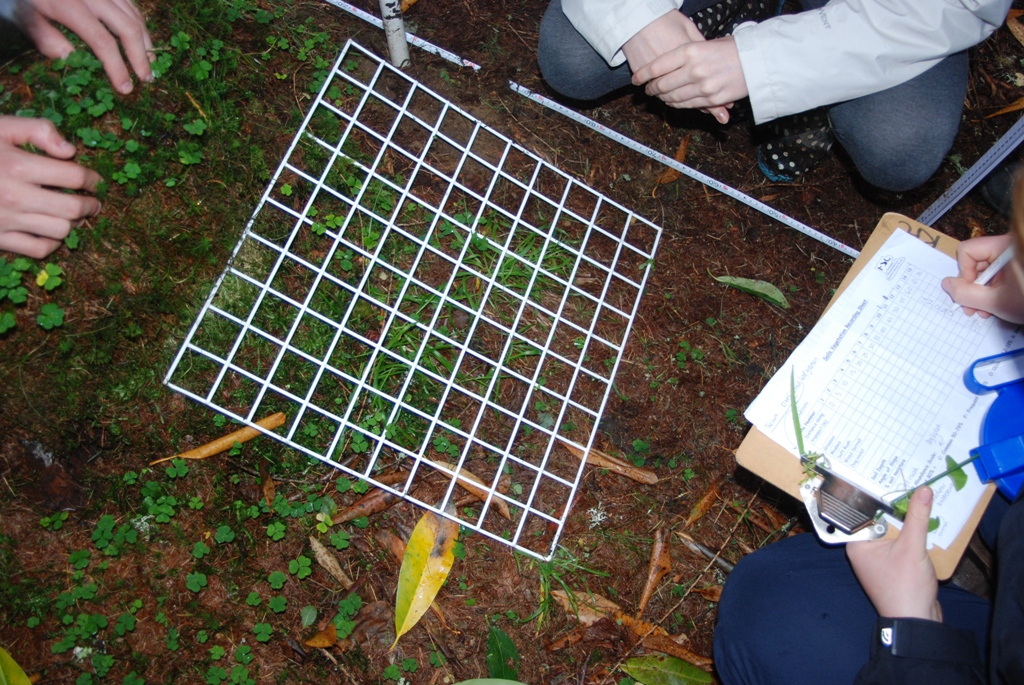In the modern age, with the technology available to us, the possibilities for creating music are almost boundless. From EDM, to hip-hop, to any other musical genre, sampling has become a fundamental instrument that allows musicians to create, modify and mix sounds with incredible precision. In this article, we will analyse the role of sampling in modern music production and its immense implications on the way in which music is created today.
1. Introduction to Music Sampling
What is Music Sampling? Music sampling is the technique of taking a section or snippet of a recording — such as a voice, instrumental, or other sound — and incorporating it into a new composition or song. Music sampling can be used to recreate a sound or tone from the original recording; it can also be used to create something entirely new.
Music sampling is an ancient art-form, having been used for centuries in music from all over the world. The practice has evolved through the introduction of new technology, allowing producers and composers to manipulate and edit sound in creative and interesting ways. Below are a few advantages of music sampling:
- Allows for creative manipulation and remixing of music
- Creates unique sounds and tones
- Saves time and money for composers and producers
- Can help turn samples into a full-fledged piece of music
Sampling is a great tool for artists and producers who are looking to create something original. It is also great for those on a budget, since it can be cheaper than recording from scratch. Although it is a great tool, it is important to be aware of the copyright laws surrounding music sampling and make sure you understand what is and isn’t legal.

2. Benefits of Sampling in Music Production
Sampling is one of the most important aspects of music production. It can be used to create rhythms and melodies, sound design, and even entire songs. Here are some of the :
- Time Savings – sampling can help to save time when producing music. By using existing sounds, it eliminates the need to create every single sound from scratch, allowing producers to focus on other aspects of their tracks.
- Flexibility – since samples can be manipulated in many different ways, producers can use them to create a wide range of sounds. This makes it easier to find sounds that fit the style of their tracks.
Sampling can also be used to add elements to a song that wouldn’t otherwise be available. Producers can layer samples together to create unique textures and ambiences that wouldn’t be possible with instrumentation alone. Additionally, it can be used to incorporate sounds from other cultures and genres, which can help to broaden the producer’s palette.

3. Sampling Techniques to Achieve Creative Results
We all know that with diligent practice, sampling can unlock a world of creative possibilities. Here, let’s explore three techniques that are useful for making unique sounds.
- Auto-Slicing: Taking a piece of audio and breaking it into tiny chunks that can be reassembled to form entirely new compositions.
- Re-pitching: Taking audio clips and shifting their pitch up or down in order to create new sounds or to edit the rhythm of a sample.
- Layering: Combining multiple samples to enrich the texture of a track or to create countermelodies that fit with the main track.
These techniques can all be used in combination with effects like distortion, delay, or reverb to achieve even more creative results. You can also experiment with various algorithms that are specifically designed to manipulate audio, like granular synthesis and GENERATIVE algorithms.
Whichever technique you go with, the end result can be truly original and engaging. All you need to do is trust your ears and be open to experimentation.

4. Conclusion: Making the Most of Sampling in Music Production
Music sampling is an art form that allows music producers to create something fresh and new from existing material. By tapping into the best elements of a song, beat, or loop, producers can bring their own twists to the existing template. However, using samples carefully is essential to making the most of what a song or beat has to offer.
First, when looking for samples to work with, the highest quality tracks should be the primary focus. Poorly recorded and noisy tracks won’t translate well, so look for clean sources with as little background noise as possible. Secondly, be sure to pay attention to copyright information, and seek permission if needed. If there is a potential copyright issue, it’s best to stay away from those samples completely. Lastly, experimenting with new ways to use the samples is a must. Manipulating them in new and interesting ways can elevate the sampled material and give it an entirely fresh feel.
- Find the highest quality samples available
- Stay aware of copyright issues
- Experiment with new ways to use the samples
It’s clear that sampling is set to remain a key part of modern music production and its influence will only continue to grow. So the next time you find yourself in the recording studio, consider sampling: it could take your music to the next level!

